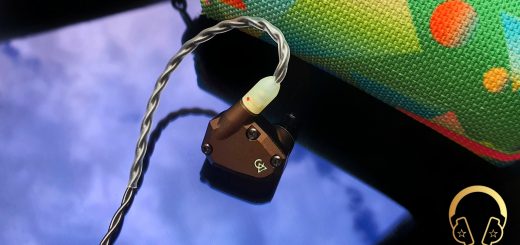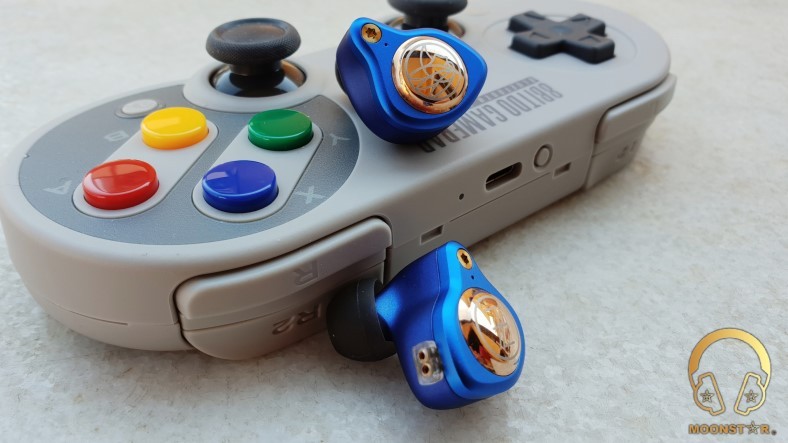LetShuoer D13 IEM Review

LetShuoer D13 IEM Review
Introduction:
LetShuoer (former Shuoer) is a Chinese company located in Dongguan, Guangdong, China and is specialized in design and development of portable audio equipment’s such like Universal & Custom In-Ear Monitors and USB DAC/Amplifier (DT-02).
The LetShuoer D13 is the latest In-Ear Monitor and features 13mm dia. DLC (Diamond Like Carbon) Diaphragm Dynamic Driver with powerful N52 neodymium magnets located inside a CNC machined Aluminum Alloy shell that is available in two different color options, which are black. The D13 comes with a Hand-Built Monocrystalline Copper Cable with 2-Pin connectors that can ordered with a 3.5mm SE or 4.4mm Balanced headphone jack.

Disclaimer:
I would like to thank HiFiGO and LetShuoer for providing me the D13 In-Ear Monitor as review sample. I am not affiliated with HiFiGO and LetShuoer or any third person beyond this review and all these words reflect my true, unaltered opinions about the product.
Price & Availability:
The actual price for the LetShuoer D13 is 113.00 US$. More information’s can be found under the link below;
Package and Accessories:
The LetShuoer D13 comes inside a rectangular cardboard box in black colour that sports the illustration of the D13 In-Ear Monitors and some product related brandings on the top.
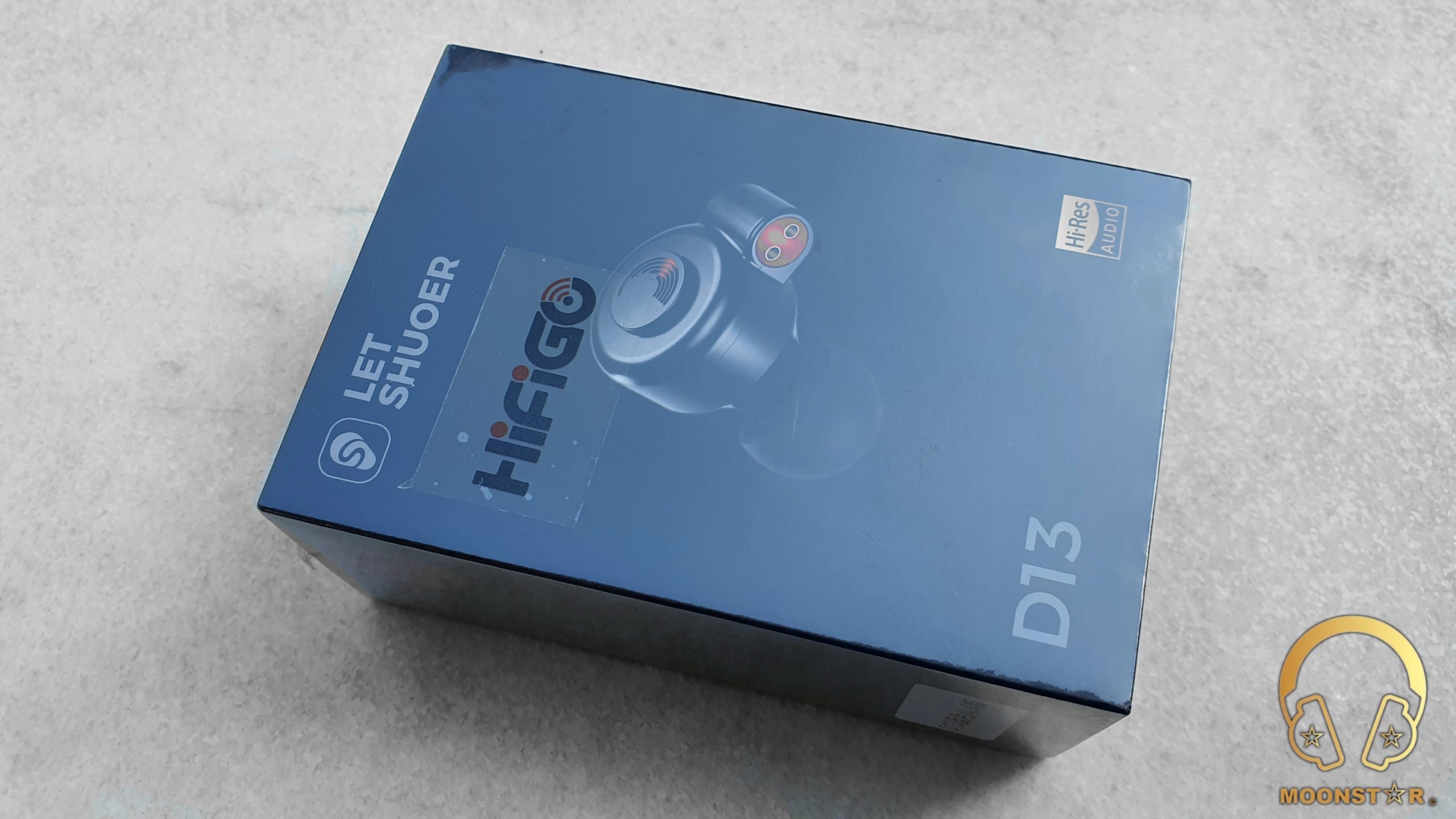
Inside the box are the following items/accessories;
- 1 x LetShuoer D13 In-Ear Monitors
- 1 x 2-Pin Detachable Cable with 4.4mm or 3.5mm Headphone Plug
- 3 x pairs of Semi Transparent Silicone Ear Tips (S, M, L)
- 3 x pairs of Black Silicone Ear Tips (S, M, L)
- 1 x pair of Sound Filters
- 1 x Pleather Case
- 1 x Some Print Materials
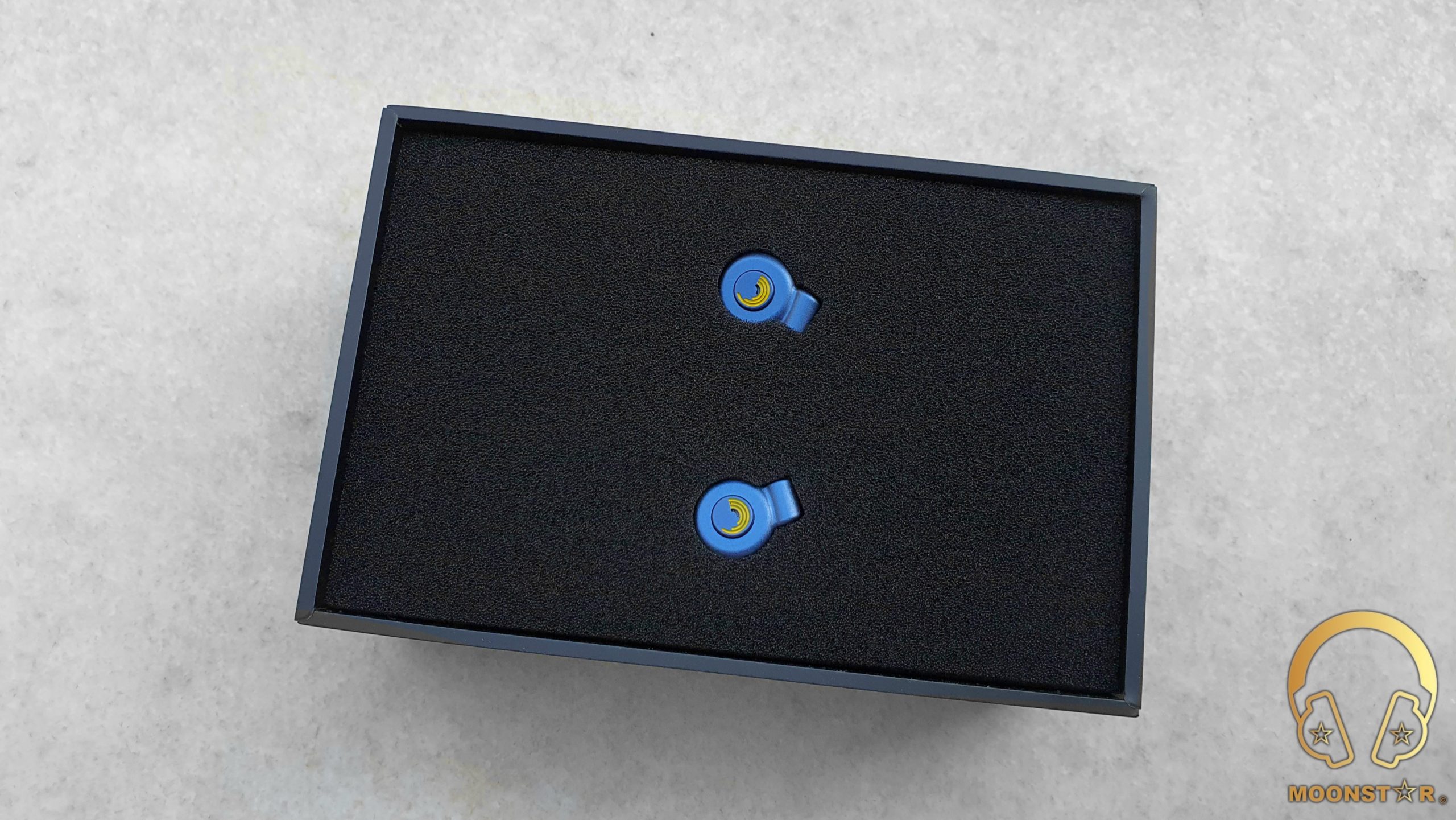
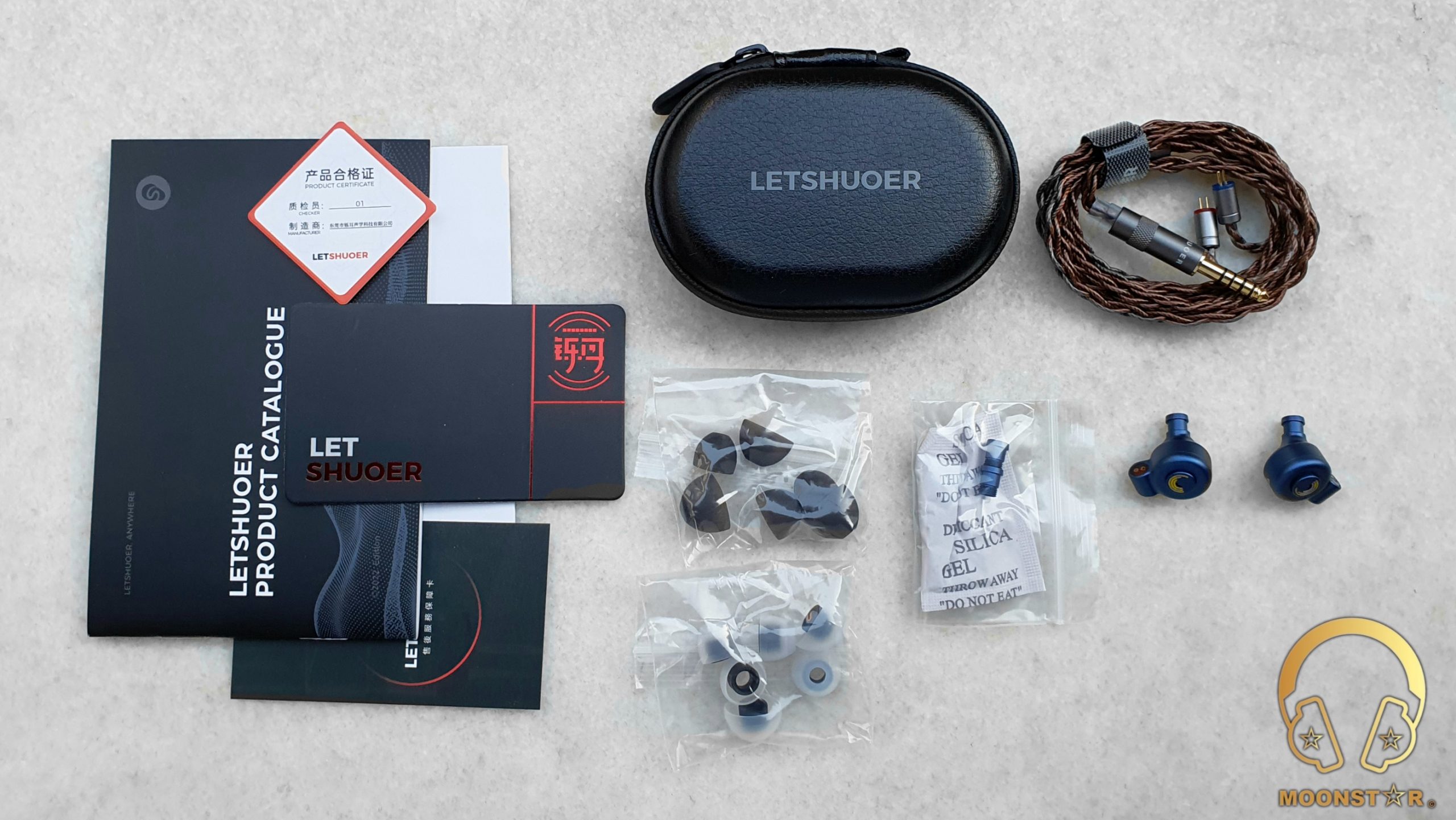
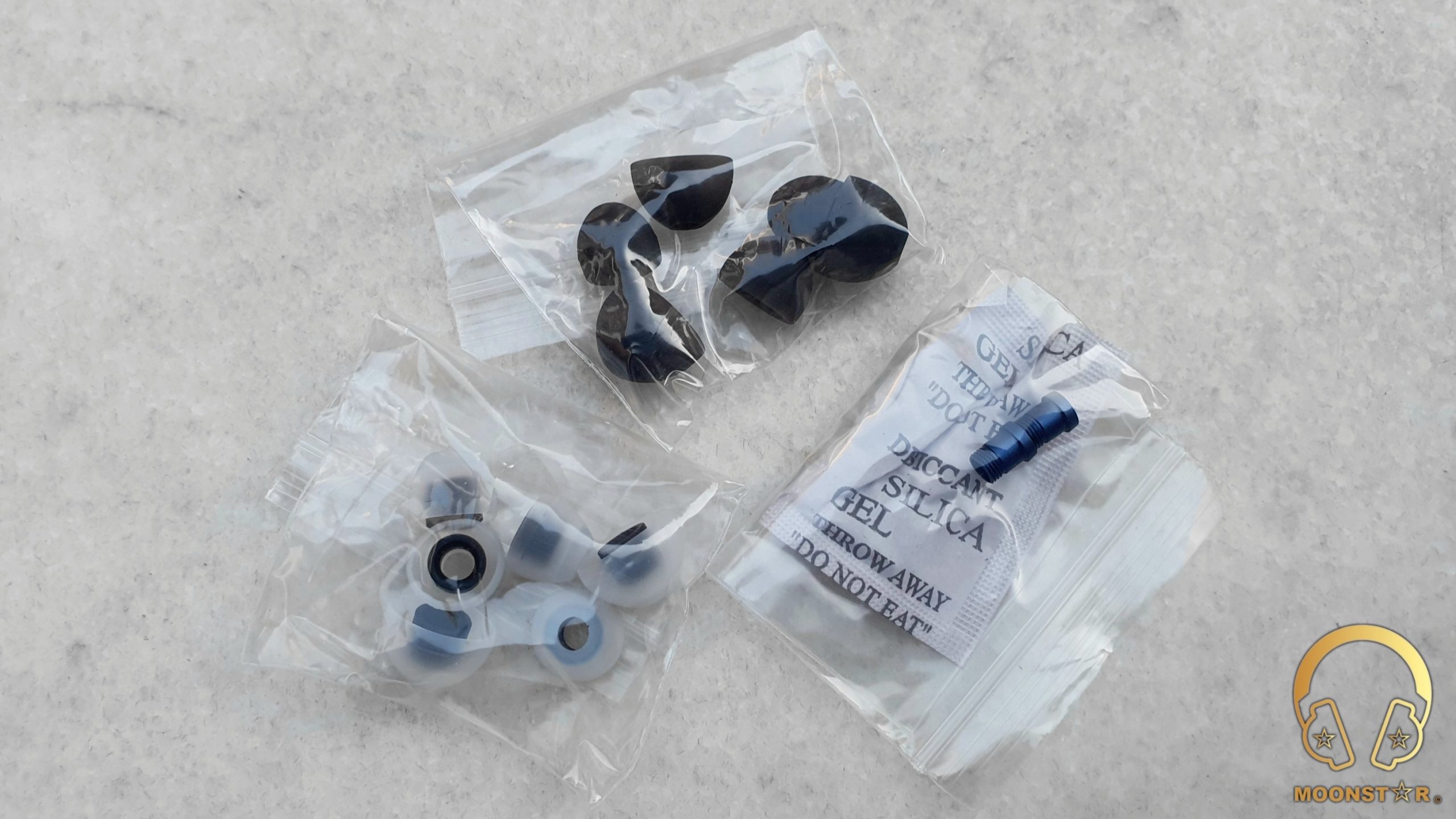
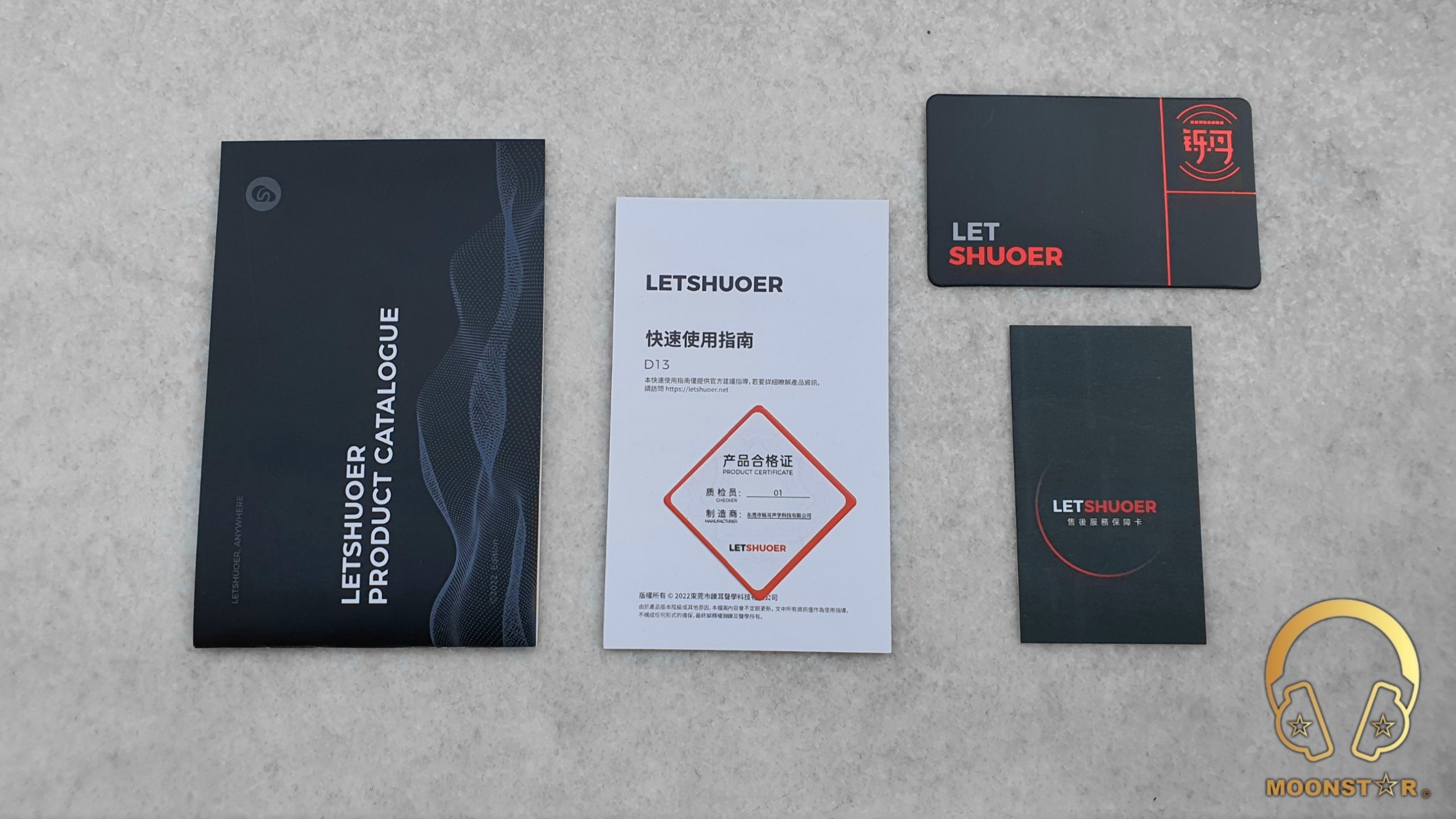
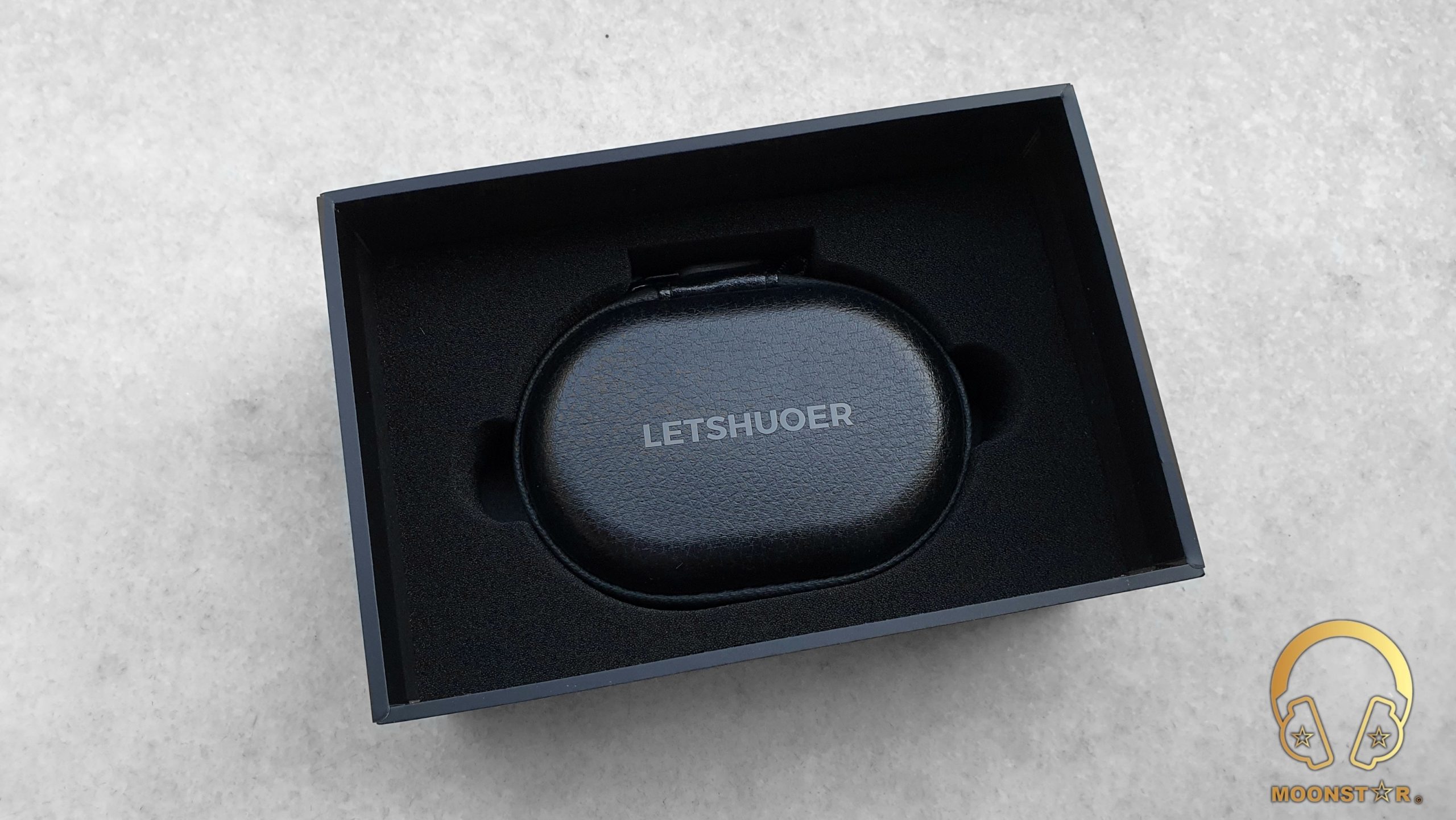

Design and Build Quality:
The LetShuoer D13 is a pretty small and fancy looking In-Ear Monitor that features a quite large and powerful 13mm diameter DLC (Diamond Like Carbon) Diaphragm Dynamic Driver with strong N52 neodymium magnets, which are located inside a 5-Axis CNC Processed Aluminum Alloy shell. The D13 is available in three different color options, which are Black, Grey and Blue same like my review unit.

On the front of the monitors is a circular elevation that is part of the separate acoustic chamber.
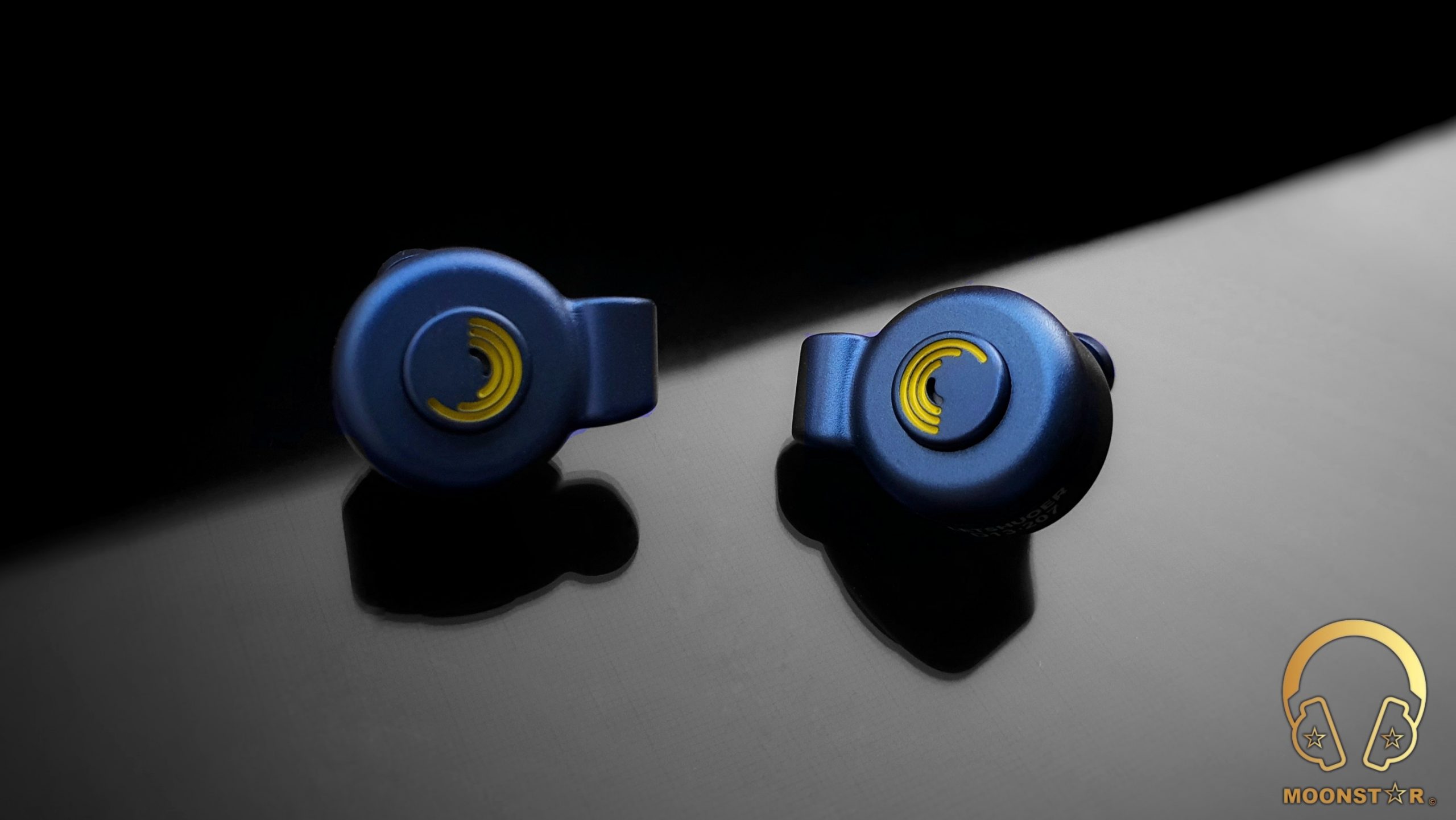
Here is a small opening and some fancy looking engraved patterns in yellow color that is red on the D13 with a black and grey monitor color.

At the rear surface of each monitor is an interchangeable sound tuning nozzle that does have fine metal mesh on the top.
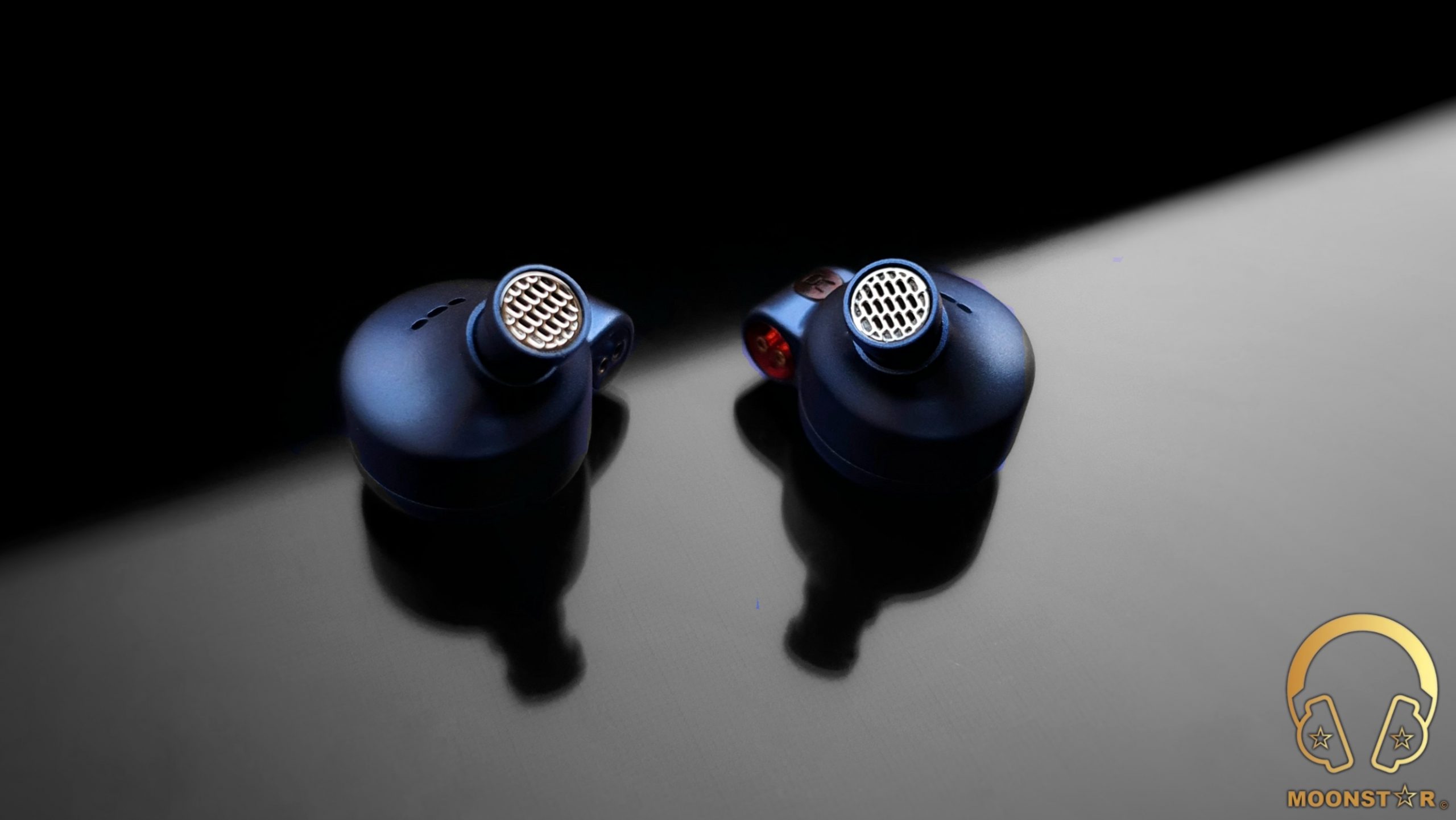
One came pre-installed, which is the balanced sound tuning nozzle which has a mesh in sliver color, the second pair offers s slightly more treble focused tuning which has a mesh in gold color.

Near the sound nozzles are three ventilation holes drilled to the side of the unit that do reduce negative pressure build in order to protect your ear drums and the Dynamic Driver.

The monitor features a ledge where you can find the 0.78mm diameter 2-Pin female connector interface that offers a tight connection.
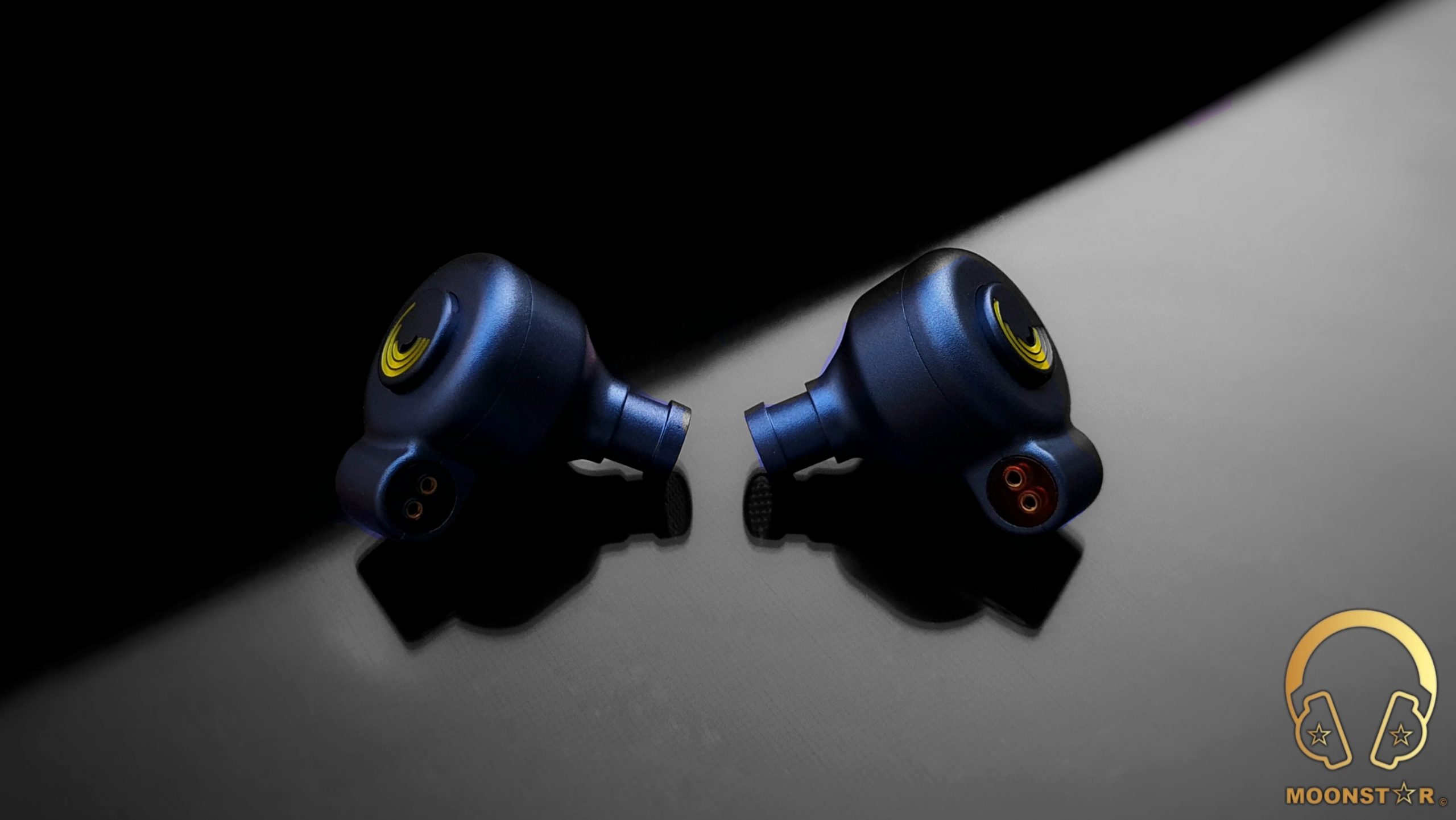
The inner surface of the same ledge sports left L (left) and R (Right) indicators that do look pretty stylish.
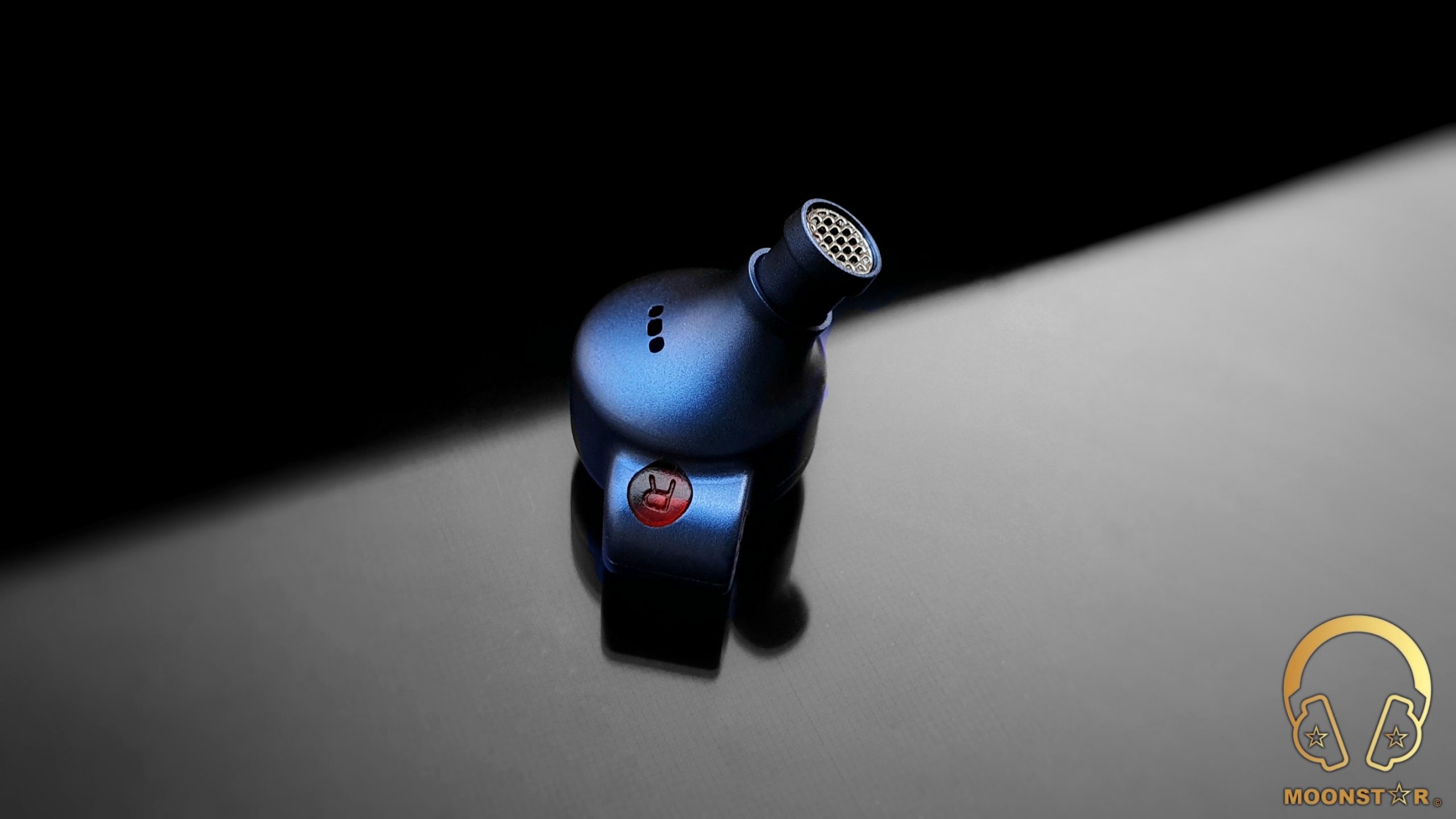
At the rear surface of monitors are the LetShuoer brandings and the serial number of the monitors.
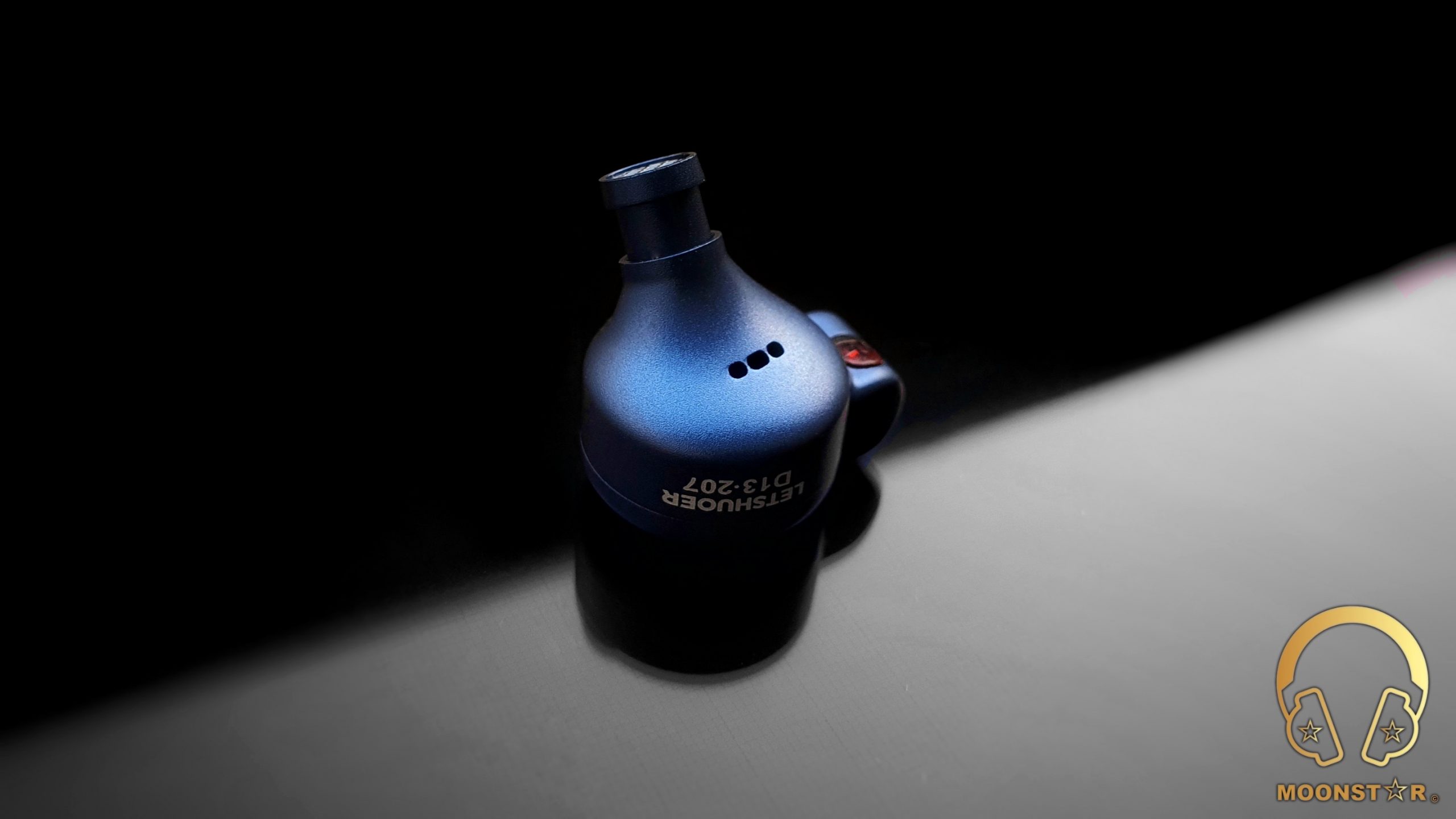
The D13 comes with a hand-built 4-core 216-strand Monocrystalline Copper wire cable with 2-Pin connectors.

The new cable design is a remarkable improvement compared the stock cables that came with the TAPE Pro and S12. The cable has a braided design and the wires are protected by a fairly soft and flexible PVC insulation in brown color that shows a very low amount of microphonic effect.
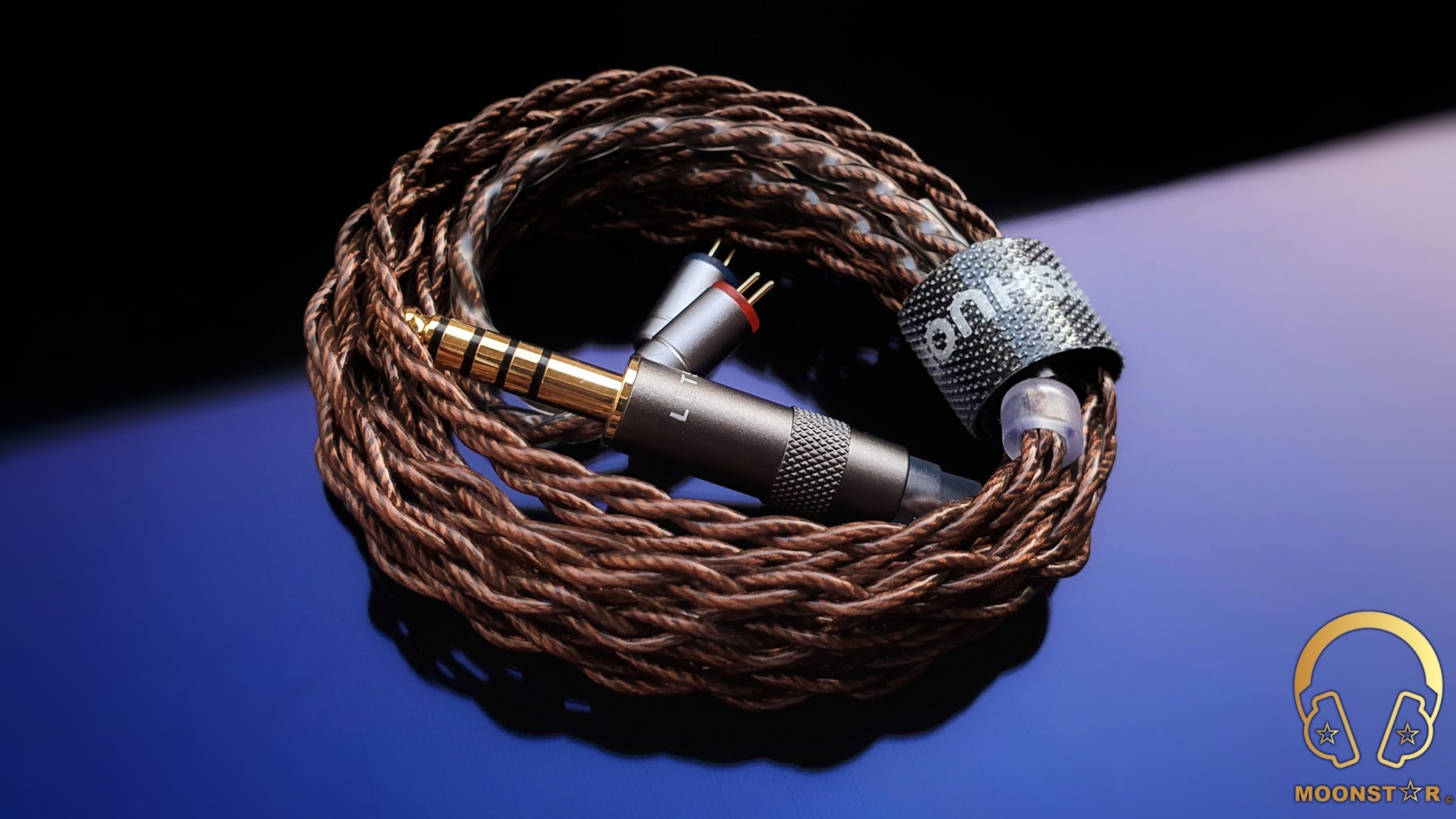
The 2-Pin connectors do have a metal housing in gun metal color that do sport left (transparent) and right (red) color indicators.

Near the left and right connectors are heat shrink ear guides for extra comfort on the go.
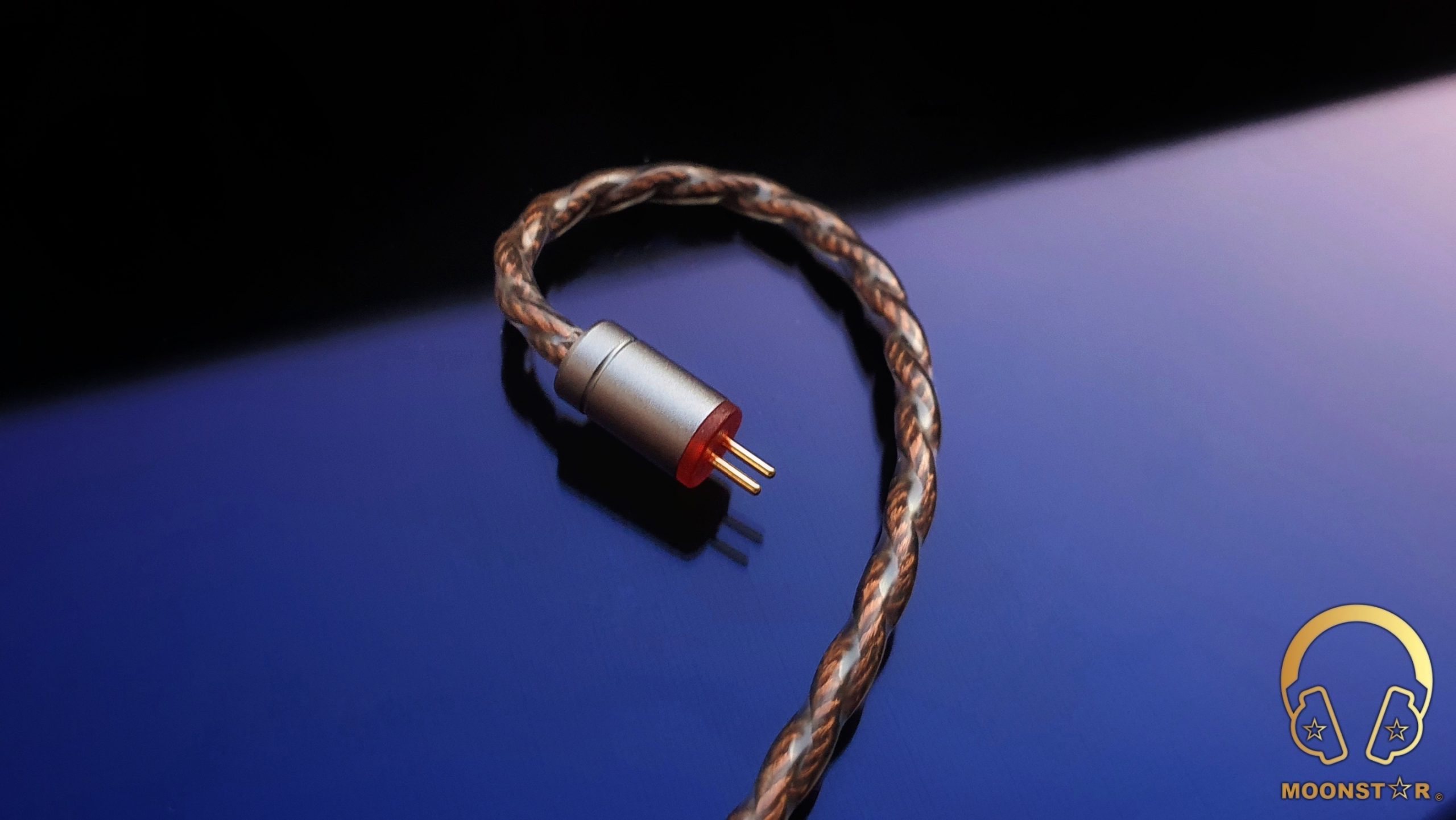
There cable comes with a metal Y-splitter and a transparent plastic chin slider.

The detachable cable is available in two different headphone plugs terminations, which are the one with a 3.5mm Single Ended interface and the one with a 4.4mm Balanced (TRRRS) plug interface that you can chose when your order the monitors. My review unit came with the 4.4mm Balanced plug that features a straight profiled metal housing, which has the LetShuoer branding on the top. The plug sports a semi-transparent plastic strain relief for extra durability.

The build quality of both the monitors and the cable is pretty good; there is nothing to complain especially for a product at this price level.

Comfort & Isolation:
The LetShuoer D13 is a very lightweight IEM with just 5.6grams weight of each monitor that has a pretty comfortable shape that fits perfectly to my average sized ear chonca. The passive noise of the monitors is on an average level that is sufficient suitable for the use in relative noise environments such like a bus or a train.
Pairing & Drivability:
The LetShuoer D13 is relative easy to handle IEM thanks to its pretty low impedance of 16Ω and a sensitivity of 105dB/mW. Most sources including USB DAC Dongles (Hidizs S3 Pro), Tablet’s (iPad Air 2) or DAP’s with relative weak amplification capabilities (FiiO M3K) will work pretty fine.
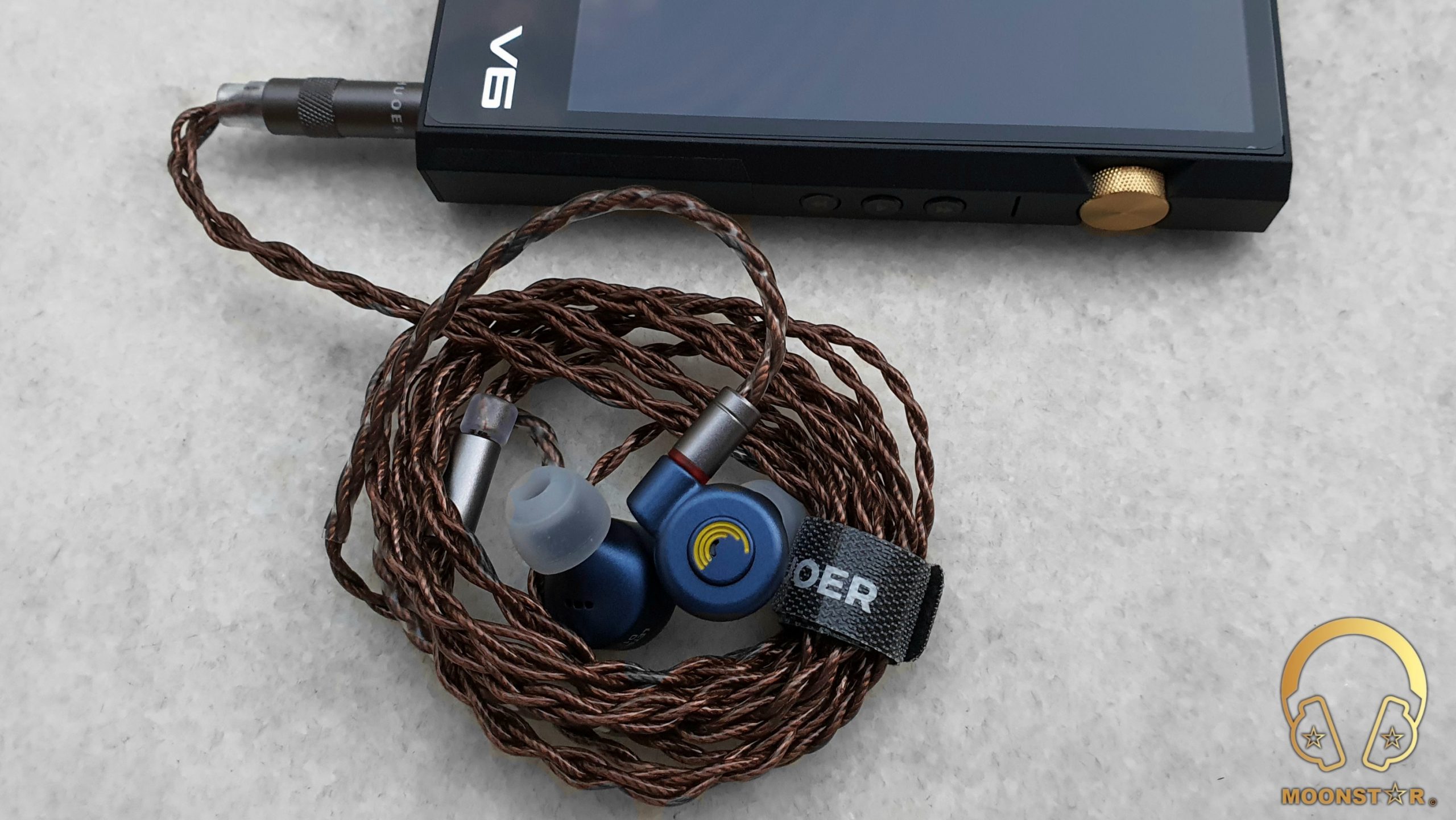
Technical Specifications:
- Driver Unit : 13mm dia. DLC Diaphragm Dynamic Driver
- Impedance : 16Ω
- Frequency Response : 20-20 kHz
- Sensitivity : 105dB/mW
- THD+N : 0.16%
- Connector Interface : 0.78mm dia. 2-Pin
- Plug : 3.5mm Single Ended or 4.4mm (TRRRS) Balanced
Equipment’s used for this review:
- IEM’s : LetShuoer D13, Ranko Acoustics RIE-880, TFZ King II
- Sources : FiiO M11 Plus, iFi xDSD Gryphon, Questyle M15
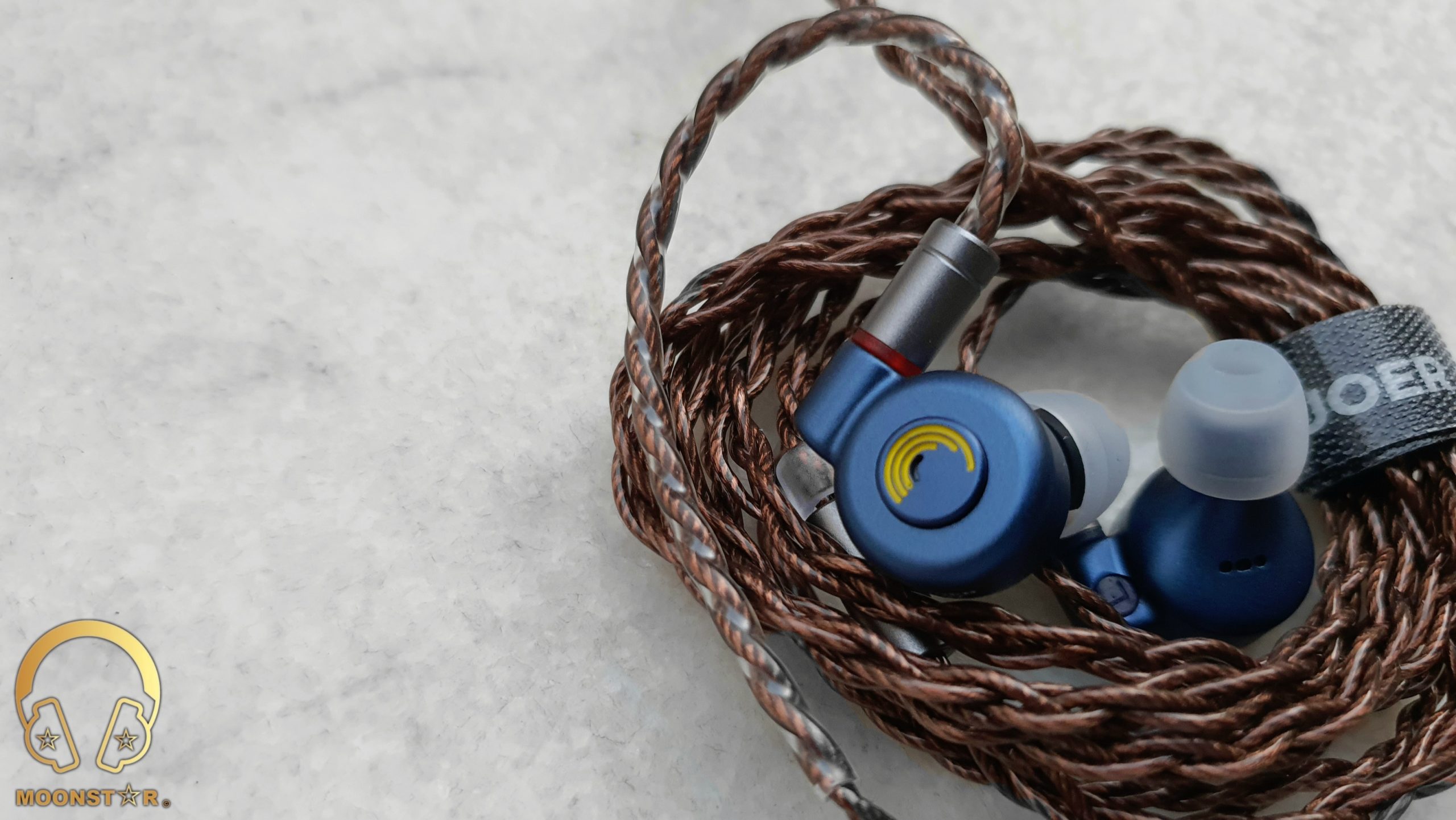
Albums & Tracks used for this review:
- Adele – My Little Love (Spotify)
- Randy Crawford – On Day I Will Fly Away (Flac 16bit/44.1kHz)
- Hayley Westenra – Odyssey Album (Dezzer HiFi)
- Dionne Warwick – Walk On By (Flac 16bit/44.1kHz)
- Sarah McLachlan – Angel (Flac 24bit/48kHz)
- Sertap Erener – Aşk (Flac 16bit/44.1kHz)
- Edith Piaf – Non Je Ne Regrette Rien (Flac 16bit/44.1kHz)
- Diana Krall – So Wonderful (DSF)
- Aretha Franklin – I Say A Little Payer (Flac 24bit/96kHz)
- Sonya Yoncheva – (Giuseppe Verdi) II Trovatore, ActI (Flac 24bit/96kHz)
- George Michael – Don’t Let the Sun Go Down on Me (Flac 24bit/192kHz)
- David Bowie – Heroes (Flac 24bit/192kHz)
- Elton John – Rocket Man ((Flac 24bit/96kHz)
- Barry White – Just The Way You Are (Flac 24bit/48kHz)
- Isaac Hayes – Walk On By (Flac 16bit/44.1kHz)
- Sting – Englishman in New York – (Flac 24bit/48kHz)
- Eric Clapton – Wonderful Tonight (Flac 24bit/96kHz)
- B.B. King – Riding With The King (Tidal Hi-Fi)
- Dave Gahan – Kingdom (Tidal Hi-Fi)
- U2 – Sunday Bloody Sunday (Flac 16bit/44.1kHz)
- Bro Safari, UFO! – Drama (Deezer HiFi)
- Armin Van Buuren – Vini Vici (Flac 16bit/44.1kHz)
- Daft Punk – Doin’ it Right (Flac 24bit/96kHz)
- Jo Blankenburg – Meraki (Spotify)
- Lorde – Royals (Flac 24bit/48kHz)
- Massive Attack – Angel (Flac 24bit/48kHz)
- Toutant – Rebirth (Deezer HiFi)
- Gogo Penguin – Raven (Flac 24bit/192kHz)
- Gogo Penguin – Murmuration (Flac 24bit/192kHz)
- Portishead – It Could Be Sweet (Spotify)
- Max Richter – On the Nature of Daylight (Flac 24bit/96kHz)
- Charly Antolini – Duwadjuwandadu (Flac 24bit/192kHz)
- Ferit Odman – Look, Stop & Listen (Flac 24bit/192kHz)
- Chopin – Nocturn No. 20 In C-Sharp Minor (Flac 16bit/44.1kHz)
- Fazıl Say – Nazım Oratoryosu (Live) (Flac 16bit/44.1kHz)
- Vivaldi – Le QuarttroStagioni “The Four Season” (Deezer HiFi)
- Otto Liebert& Luna Negra – The River (Flac 24bit/192kHz)
- Lunatic Soul – The Passage (Flac 16bit/44.1kHz)
- Deftones – My Own Summer (Shove it) (Flac 16bit/44.1kHz)
- Metallica – Sad but True (Flac 24bit/96kHz)
- Opeth – Windowpane (Flac 16bit/44.1kHz)
- Megadeth – Sweating Bullets (Tidal Hi-Fi)
- Rush’s – Leave That Thing Alone (Flac 16bit/44.1kHz)
- Slayer – Angel of Death (Spotify)
- Liquid Tension Experiment 2 – Acid Rain (Spotify)
- Yosi Horikawa – Bubbles (Spotify)
The Sound:
The LetShuoer D13 shows a pretty lively, smooth and entertaining overall presentation. The general tonality is mildly warm and musical, which makes it deal for genres like electronic, pop, rock and even progressive metal music. The bass is shown with a deep and pretty fast response, the midrange sound airy, transparent and mildly warm, the upper midrange on the other hand is pretty vivid and detailed, while the treble range offers a decent sense of separation and smoothness that makes the D13 ideal for longer listening periods.
This review is written after a burn-in period of about 60 hours. I have used the stock semi-transparent silicone ear tips and the stock cable that are included in the standard package. My sound impressions below are mainly based on my impression with the Gold (Balanced) Sound Tuning Nozzle.

Bass:
The LetShuoer D13 has a mildly warm subbass tonality that shows a pretty good depth and extension when I listen to instruments such like synthesizer or drums. The sense of clarity and authority is decent especially considered the price of the monitor. The subbass rumble and intensity was quite satisfying while listen to some of my favorite test tracks such like Daft Punk’s “Doin’ it Right”, Lorde’s “Royals” and Massive Attacks “Angle”.
The midbass region on the other shows a pretty quick and impactful response without to show any remarkable muddiness or mixings. Songs with fast and complex passages such like Gogo Penguin’s “Murmuration” are reproduced in a quite controlled and clear manner that was quite surprising.
The general bass response of the LetShuoer D13 cans be described as relative fast, authority and detailed. The layering and the separation of the subbass from the midbass are relative successful.
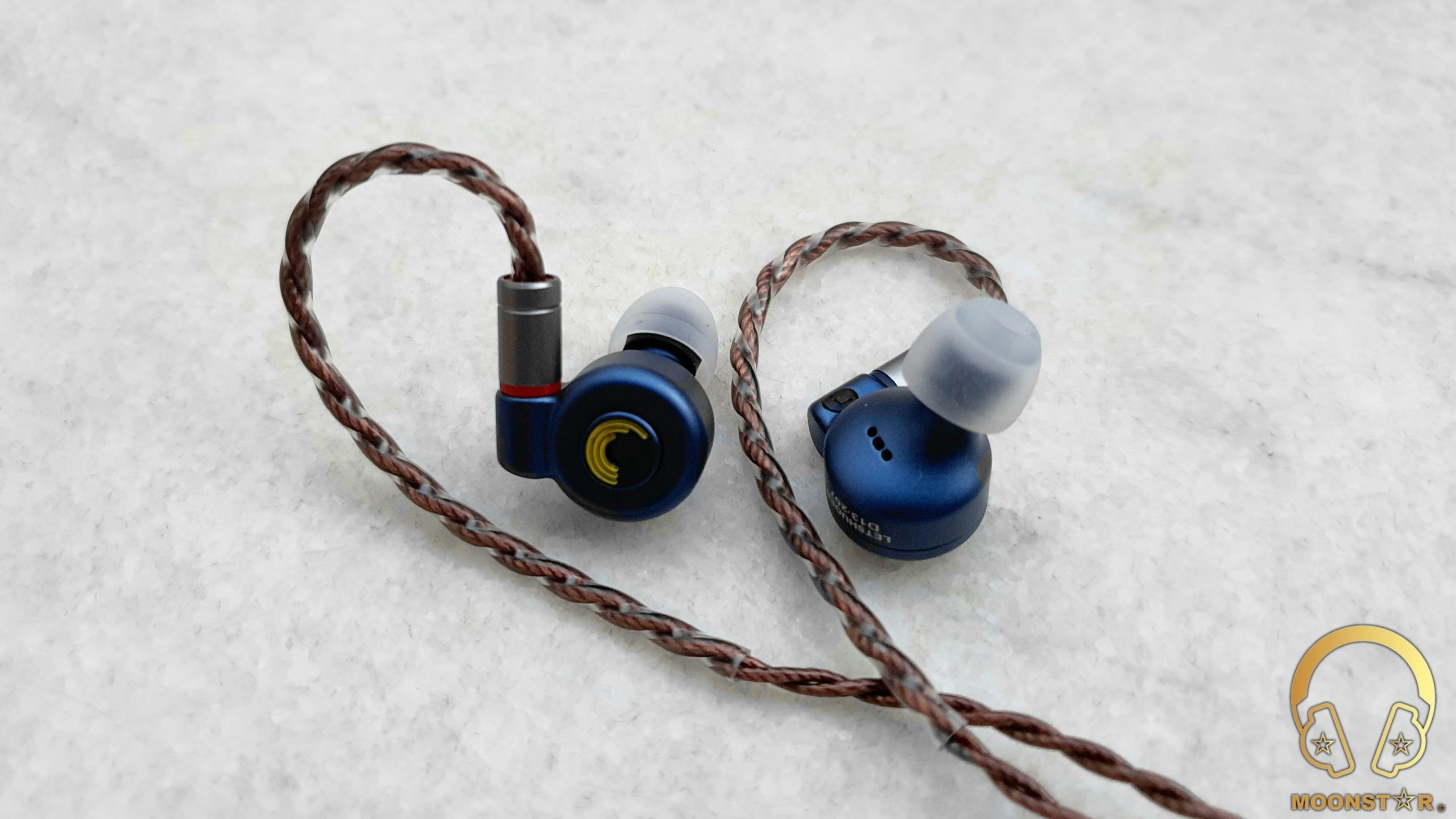
Midrange:
The LetShuoer D13 has a pretty vibrant and transparent midrange presentation that shows a mildly warm tonality. The midrange is slightly recessed due to a close to U shaped sound signature. This area is fairly detailed, maybe not in terms of micro details, but with no doubt above this price level.
Both male and female vocals are reproduced in a pretty clear and detail manner. Male vocals such like Dave Gahan, George Michael or Elton John are shown with a moderate body and depth. The Female on the other hand are slightly more detailed and realistic due to the more accurate upper midrange tuning. The female such like Dionne Warwick, Aretha Franklin and Adel do sound pretty lush and musical, while the general presentation is vibrant and airy due to the well pronounced and tuned upper midrange area.
The LetShuoer D13 offers a mildly warm and musical instrument tonality when I do listen to string, woodwind or brass instruments. Instruments like a piano are reproduced with a slightly bright tonality, while acoustic guitars are a bit bassy, pretty lush and sweet in tonality. Violins on the other hand are fairly smooth, warm and emotional without to show any unwanted over sharpness or harshness.

Treble:
The LetShuoer D13 has a treble range that is pretty pronounced, especially when you use it with the silver nozzle filter. However, this area doesn’t sounds harsh or overly sharp even at higher volume levels. The difference in terms of treble presentation between the Gold and Silver filters is not very high but audible, especially around the lower treble region.
The transitions from the upper midrange towards the lower treble region are in general controlled, while the extension is slightly shorter with the Gold filter compared to the Silver one. Instruments such like cymbals in genres like trash metal are relative fast and pronounced and are shown with a sufficient level of extension.
The LetShuoer D13 shows an efficient grade of treble brightness and airiness in the upper treble register, which is an important factor that increases the overall detail that is pretty good for a product at this price level, especially after the latest discounts.
Soundstage & Imaging:
The LetShuoer D13 has a suitable soundstage for a fairly precise instrument placement and offers a pretty airy and spacious atmosphere. The soundstage has a moderate sense of depth and wideness that is sufficient for a product at this price level.

Some Comparisons:
LetShuoer D13 versus Ranko Acoustics RIE880:
The Ranko Acoustics RIE880 is also a Single Dynamic Driver IEM that comes with a 3D printed resin shell instead of CNC machined aluminum material that the LetShuoer D13 has. Both IEM do offer a pretty good fit a moderate level of passive noise isolation.
The subbass of the RIE880 has slightly less depth compared to the D13, which has also has the upper hand in terms of subbass extension. The midbass region of both In-Ear Monitors sounds in general pretty tight and fast, but the D13 is a bit more successful when it comes to the sense of clarity and authority in this area.
The midrange of both the Ranko Acoustics RIE880 has a slightly warmer tonality and sounds slightly fuller compared to the LetShuoer D13, which has tonality that is closer to neutral. The general midrange presentation of the D13 is livelier, transparent and a slightly more detailed compared to those of the RIE880, which has a smoother and more relaxed character.
The upper midrange of the LetShuoer D13 is slightly more energetic and detailed compared to the Ranko Acoustics RIE880 that shows a smoother overall treble tuning. The treble range of the D13 has the upper hand in terms of extension and detail retrieval, while both are pretty controlled in this area.
The soundstage of the LetShuoer D13 is a bit more airy and shows a slightly better grade of instrument separation. The D13 has also a slightly advantage when it comes to the depth and wideness of the stage that is quite low but relative audible.

LetShuoer D13 versus TFZ King II:
The TFZ King II is another Dynamic Drier IEM that comes is located inside a fancy looking monitor shell made from aluminum material. The shell has a slightly larger size and offers a bit better level of passive noise isolation.
The LetShuoer has the slightly edge when it comes to the subbass depth and quantity, while it is superior in terms of control/authority in this area. The midbass region of the TFZ King II is a bit more highlighted, full bodied and impactful, while the LetShuoer D13 has the upper hand when it comes to the speed and resolution in this area.
The midrange of the TFZ King II shows a tad warmer tonality and has a smoother more relaxed overall tuning in this area. The LetShuoer D13 offers a higher grade of transparency, airiness and detail retrieval in this area. Male vocals do have slightly more depth and body when I listen to the King II, while the D13 is more successful when I do listen to female voices due to its upper midrange tuning.
The LetShuoer D13 is the IEM with the higher grade of technical performance when it comes to the treble region. The lower treble region of the D13 shows a slightly better level of clarity and definition. The upper treble range on the other hand is another area where the D13 is more detail and pronounced, which creates a higher sense of airiness and sparkle.
The soundstage of the LetShuoer D13 is more spacious and airy with better level of wideness compared to the TFZ King II, which has an slightly advantage when it comes to the depth of the stage.

Conclusion:
The D13 is another successful product from LetShuoer that has a great looking monitor design with a pretty comfort shape. This small and compact monitor is equipped with a relative large 13mm DLC diaphragm Dynamic Driver that is able to produce a clean, lively and highly entertaining sound. The new updated detachable cable is another highlighted that you can order now with a 3.5mm SE or 4.4mm Balanced plug interface.
Pros and Cons:
- + Lively & Entertaining Sound Profile
- + Solid Bass Response (Fast, Controlled, Punchy)
- + Transparent Midrange Presentation
- + Smooth Treble Tuning (with the Gold Nozzle Filter)
- + Excellent Built Quality
- + Comfort Monitor Shape
- + Finally a Good Detachable Cable
- – Silver Nozzle Filter sounds a bit Unnatural
- – Slightly Recessed Midrange Tuning
- – Small Carry Case
Thank you for the Read!


